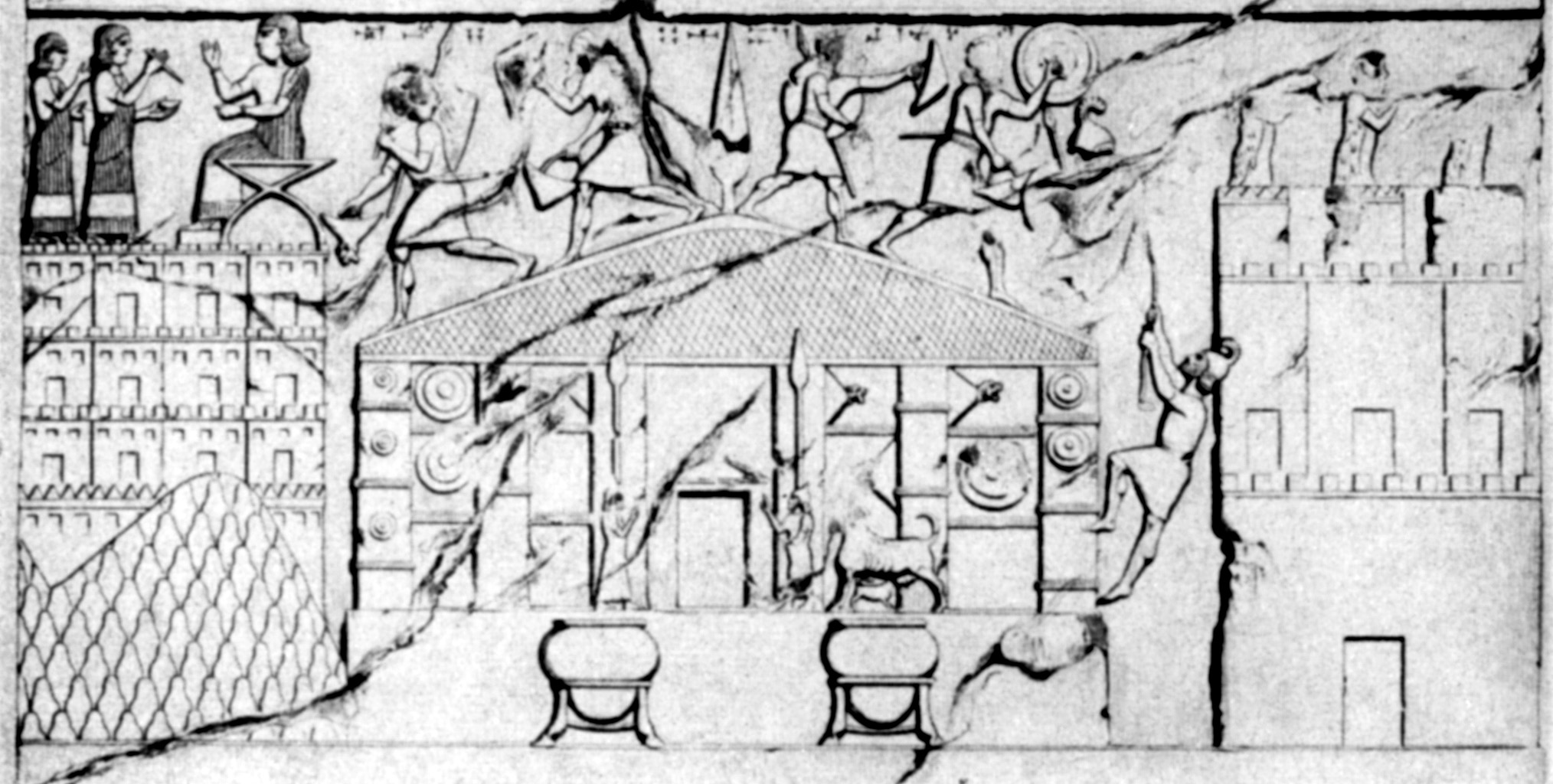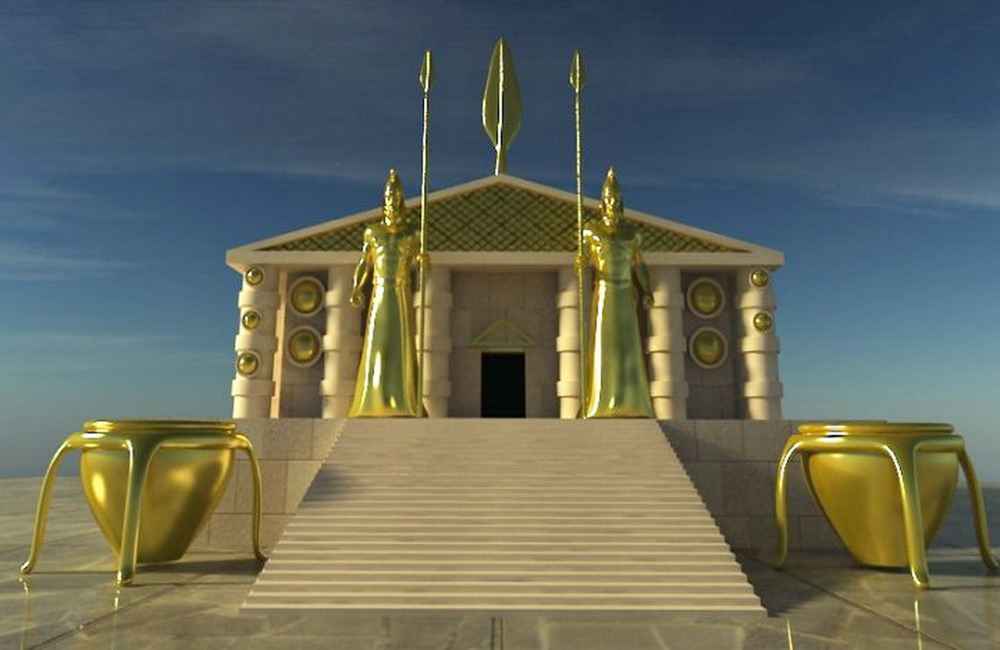Life-size human statues and column bases from a long-lost temple dedicated to a supreme God have been discovered in the Kurdistan region of northern Iraq. The discoveries date back over 2,500 years to the Iron Age, a time period when several groups — such as the Urartians, Assyrians and Scythians — vied for supremacy over what is now northern Iraq.
The kingdom of Urartu, an Iron Age kingdom centered on Lake Van in the Armenian Highlands, extended out across what is now Turkey, Iran, Iraq, and Armenia. One of it’s lost treasures, the temple of Musasir, also known as the temple of Ardini, was dedicated to Khaldi, the supreme God of Urartu Armenians.

“I didn’t do excavation, just archaeological soundings —the villagers uncovered these materials accidentally.”
“I didn’t do excavation, just archaeological soundings —the villagers uncovered these materials accidentally,” said Dlshad Marf Zamua, a doctoral student at Leiden University in the Netherlands, who began the fieldwork in 2005. The column bases were found in a single village while the other finds, including a bronze statuette of a wild goat, were found in a broad area south of where the borders of Iraq, Iran and Turkey intersect.

For part of the Iron Age, this area was under control of the city of Musasir, also called Ardini, Marf Zamua said. Ancient inscriptions have referred to Musasir as a “holy city founded in bedrock” and “the city of the raven.”
A lost ancient temple
“One of the best results of my fieldwork is the uncovered column bases of the long-lost temple of the city of Musasir, which was dedicated to the god Haldi,” Marf Zam told Live Science in an email. Haldi was the supreme god of the kingdom of Urartu. His temple was so important that after the Assyrians looted it in 714 B.C., the Urartu king Rusa I was said to have ripped his crown off his head before killing himself.
He “threw himself on the ground, tore his clothes, and his arms hung limp. He ripped off his headband, pulled out his hair, pounded his chest with both hands, and threw himself flat on his face …” reads one ancient account (translation by Marc Van De Mieroop).
The location of the temple has long been a mystery, but with the discovery of the column bases, Marf Zamua thinks it can be narrowed down.

Additionally, Marf Zamua analyzed an ancient carving of Musasir, discovered in the 19th century at Khorsabad. The carving, he found, shows hillside houses with three windows on the second floor and a doorway on the ground floor. Such a design can still be seen today in some villages, the bottom floor being used as a stable and storage area, he noted.

From:
- Remains of Long-Lost Temple Discovered in Musasir – Live Science.
References:
- Highlights of Armenian history and its civilization. H.B. Boghosian, Ph.D
- Maspero. The Passing of the Empires.

